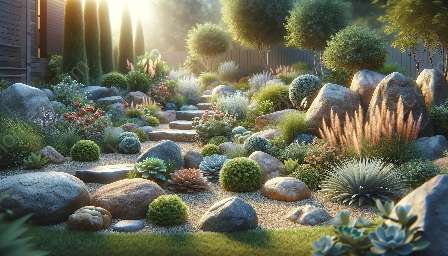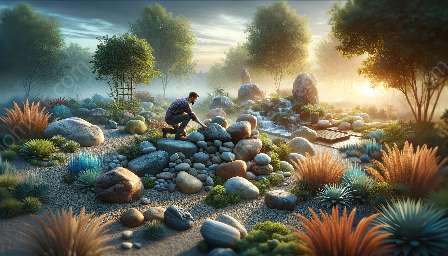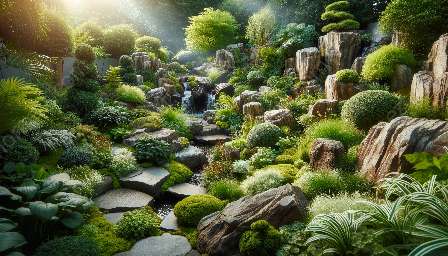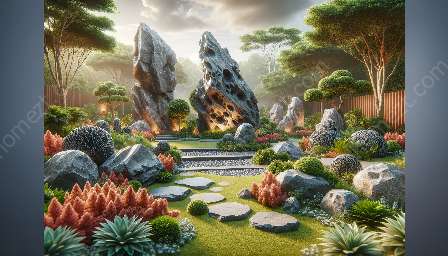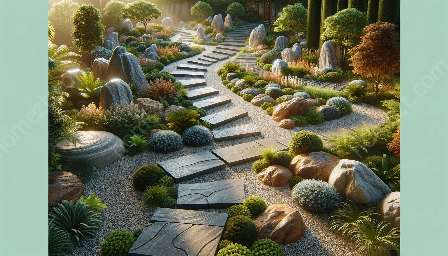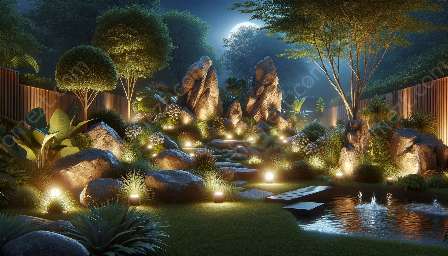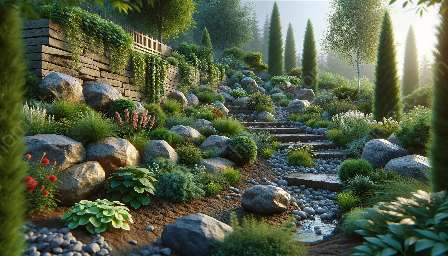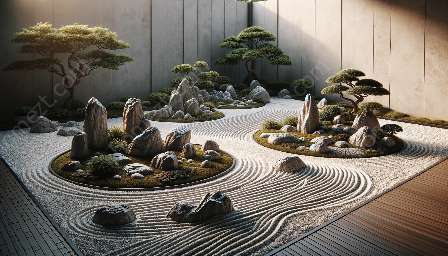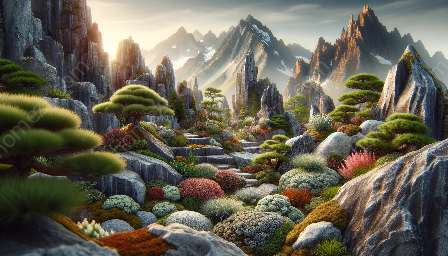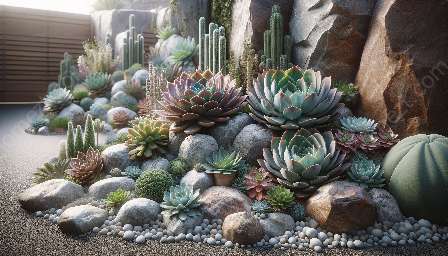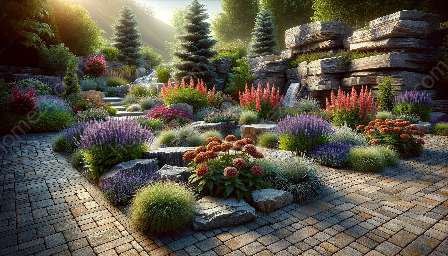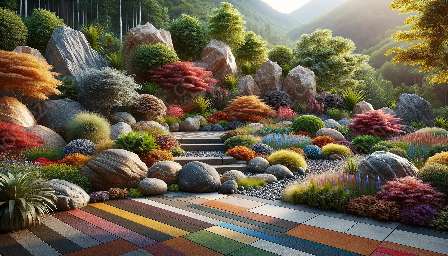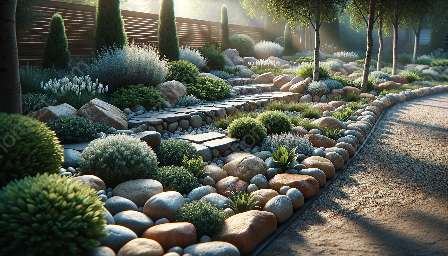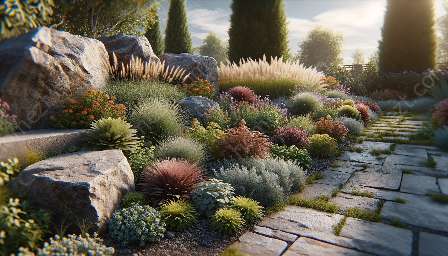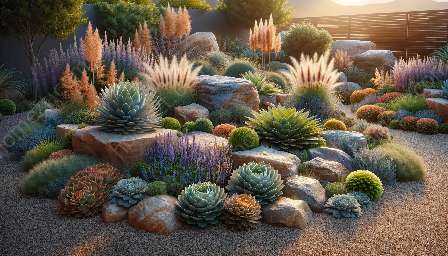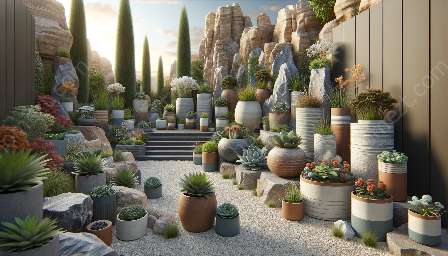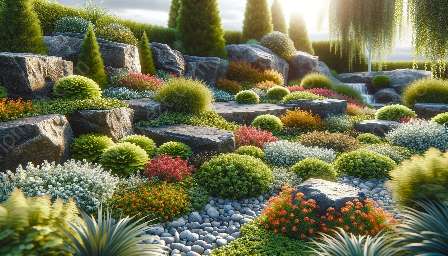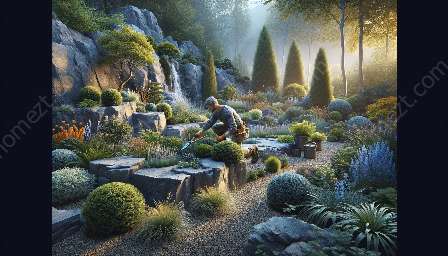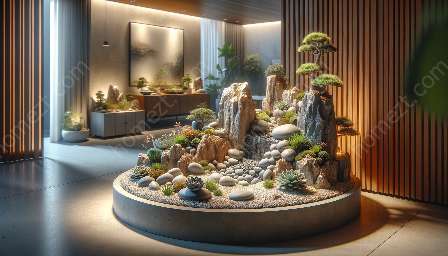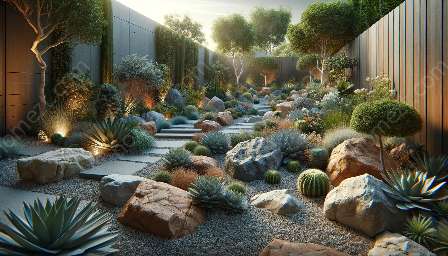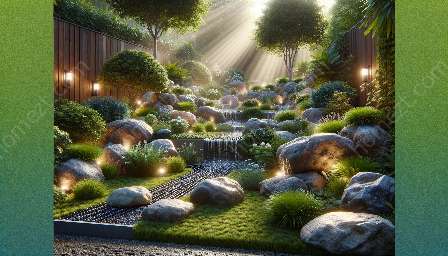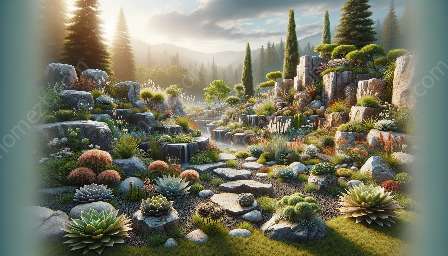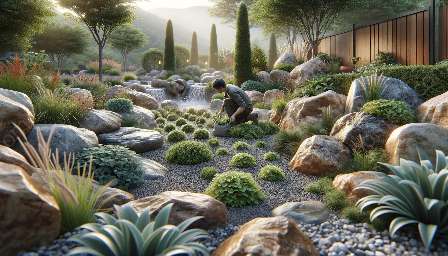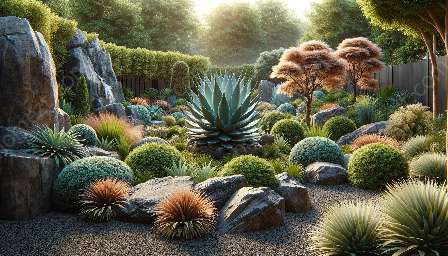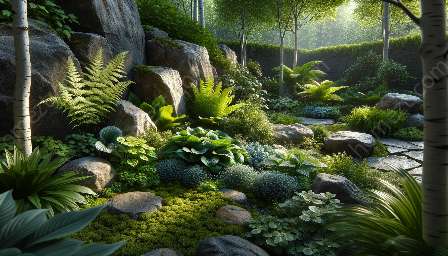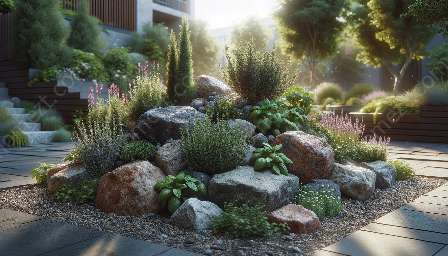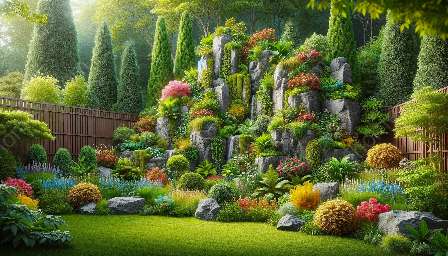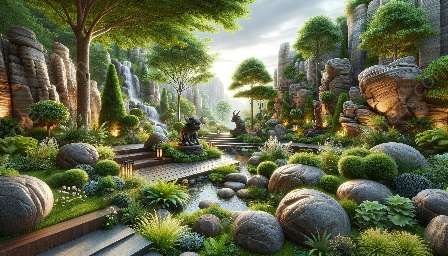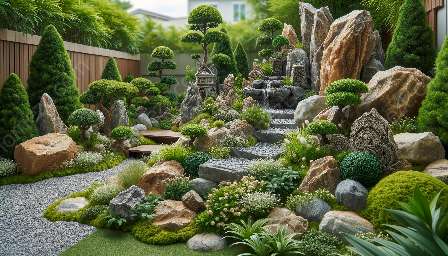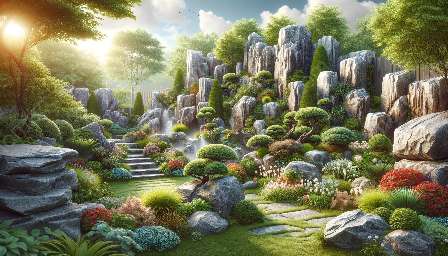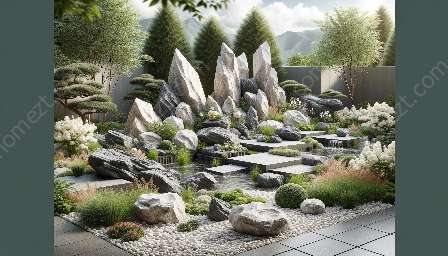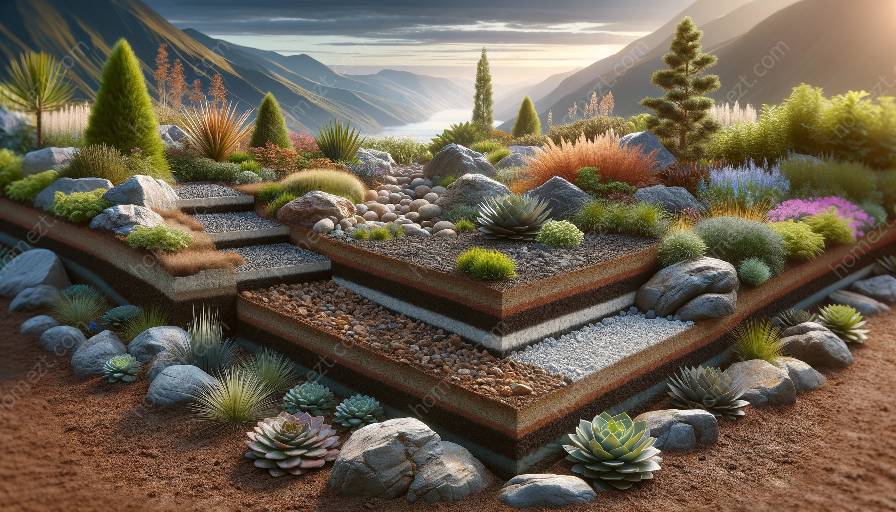Rock gardens are a beautiful addition to any landscape, offering a unique and low-maintenance garden space. One of the most important factors in creating a successful rock garden is the soil and drainage. In this comprehensive guide, we'll explore the key elements of rock garden soil and drainage, as well as essential tips for successful gardening and landscaping.
Understanding Rock Garden Soil
Rock garden soil serves as the foundation for a thriving and visually appealing rock garden. The ideal soil composition for rock gardens is well-draining and low in organic matter. While most plants thrive in rich, organic soils, rock garden plants are adapted to fast-draining, nutrient-poor conditions. Therefore, it's crucial to create a soil mixture that mimics the natural environment of rocky, mountainous terrain.
Components of Rock Garden Soil
A suitable mix for rock garden soil typically includes a combination of gritty materials such as coarse sand, grit, and small stones. These components promote excellent drainage, preventing water from pooling around plant roots and potentially causing rot or other water-related issues. Furthermore, incorporating small-sized rocks and pebbles aids in creating naturalistic visual appeal within the rock garden.
The Importance of pH and Nutrients
While rock garden soil should be low in organic matter, it's essential to ensure that the pH level is suitable for the plants you intend to grow. Many rock garden plants prefer slightly acidic to neutral soil, so testing the pH and amending the soil as necessary is crucial in providing the best conditions for plant growth. Additionally, a minimal amount of nutrients, typically in the form of balanced, slow-release fertilizer, can be added sparingly to support plant vitality without compromising the fast-draining nature of the soil.
Optimizing Drainage for Rock Gardens
Efficient drainage is a non-negotiable aspect of successful rock gardening. Due to the nature of rocky landscapes, excessive moisture is quickly channeled away, and ensuring this characteristic is replicated in the garden is vital to plant health and overall aesthetics. Explore the following techniques to optimize drainage in your rock garden:
- Building raised beds: Elevating the planting areas by constructing raised beds helps prevent waterlogging and promotes superior drainage around plant roots.
- Installing drainage layers: In areas with dense or clay soils, introducing a bottom layer of gravel or coarse sand underneath the rock garden soil can swiftly redirect excess water, preventing water accumulation and ensuring better aeration for plant roots.
- Strategic plant placement: Group plants according to their moisture needs, situating those requiring less water at higher elevations and those needing more water at lower points to naturally manage water distribution.
- Utilizing sloped terrain: If your garden is situated on a slope, take advantage of the natural topography to encourage water runoff and prevent the pooling of water.
Planting and Maintaining Your Rock Garden
With your optimized rock garden soil and drainage system in place, it's time to select and plant rock garden-appropriate flora. Consider low-growing succulents, alpine plants, and drought-tolerant species to populate your rock garden, and arrange them in a visually pleasing manner that mimics their natural habitats. Additionally, regular maintenance, such as weeding, pruning, and monitoring watering needs, is essential for the ongoing health and beauty of your rock garden.
Incorporating Rock Gardens into Landscaping
Rock gardens are versatile and can be seamlessly integrated into various landscaping designs. They can serve as focal points in small urban gardens, provide texture and interest in larger landscapes, or be used to accentuate natural features such as slopes or rocky outcroppings. By carefully selecting plant species, incorporating hardscaping elements like boulders and pathways, and harmonizing the rock garden with the surrounding landscape, you can create a visually stunning and functional outdoor space.
By prioritizing the establishment of an appropriate soil and drainage system, you lay the groundwork for a flourishing rock garden that will bring aesthetic appeal and natural beauty to your outdoor environment. Whether you're new to gardening and landscaping or seeking to refine your rock garden practices, this comprehensive guide provides the knowledge and inspiration needed to create and maintain a stunning rock garden.

